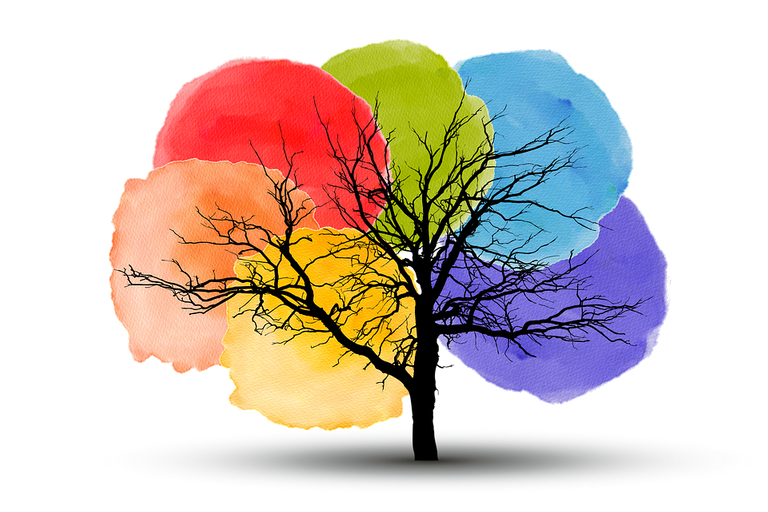
The Secret Lives of Urban Wildlife
Urban environments are bustling with activity, but amidst the concrete and steel, a diverse array of wildlife thrives. While many people may not realize it, cities are home to a surprising number of animal species that have adapted to urban life. In this post, we’ll explore the fascinating world of urban wildlife, shedding light on their secret lives and the challenges they face.
The Adaptation of Urban Wildlife
Urban wildlife has shown incredible resilience and adaptability. Many species have learned to navigate the complexities of city life, finding food, shelter, and mates in unexpected places. Here are a few examples of how wildlife has adapted:
Raccoons: Known for their dexterous paws, raccoons have become experts at scavenging through trash bins and navigating urban landscapes. Their intelligence allows them to solve problems and find food sources that other animals might overlook.
Pigeons: Once wild birds, pigeons have thrived in urban settings, often forming large flocks. They’ve adapted to human presence and have learned to exploit food sources like parks, sidewalks, and outdoor cafes.
Coyotes: Surprisingly, coyotes have made a home in many urban areas. They are highly adaptable and often hunt small mammals like rats and rabbits, helping to control pest populations.
The Hidden Habitats of Urban Wildlife
Cities may seem inhospitable, but they offer unique habitats that support diverse species. Here are some hidden gems where urban wildlife can be found:
Green Roofs and Walls: Many buildings now incorporate green spaces, providing habitats for birds, insects, and even small mammals. These green areas help support biodiversity in urban settings.
Parks and Gardens: Urban parks and community gardens serve as vital refuges for wildlife. They provide food sources and nesting sites for various species, from butterflies to songbirds.
Waterways: Rivers, lakes, and ponds within cities attract a variety of wildlife. Many species of fish, amphibians, and birds rely on these water sources for survival.
The Challenges of Urban Living
While urban wildlife has adapted to city life, it doesn’t come without challenges. Some of the key issues they face include:
Habitat Loss: As cities expand, natural habitats are destroyed, leaving wildlife with fewer places to live and breed.
Pollution: Air and water pollution can have detrimental effects on wildlife health, impacting their food sources and habitats.
Human-Wildlife Conflict: Encounters between humans and wildlife can lead to conflict, often resulting in negative outcomes for the animals involved.
How You Can Help Urban Wildlife
As urban dwellers, we can play a role in supporting our local wildlife. Here are some simple actions you can take:
Create Wildlife-Friendly Spaces: Plant native plants in your garden to provide food and shelter for local wildlife.
Reduce Pollution: Support initiatives aimed at reducing pollution in your community, such as clean-up events and sustainable practices.
Educate Others: Share your knowledge about urban wildlife and promote coexistence between humans and animals.
Conclusion
The secret lives of urban wildlife are more intricate and fascinating than many realize. By appreciating and protecting these creatures, we can foster a more harmonious relationship with the natural world around us. Next time you’re out in the city, take a moment to look around—who knows what wildlife you might encounter!
Feel free to share your thoughts or experiences with urban wildlife in the comments below! 🦉🌳

All images are taken from the Pixabay.com